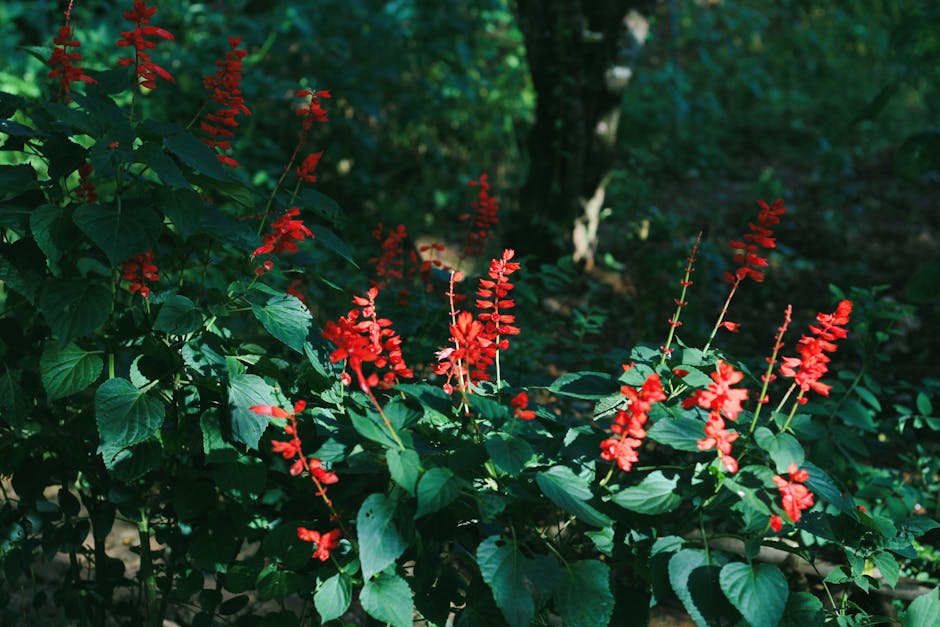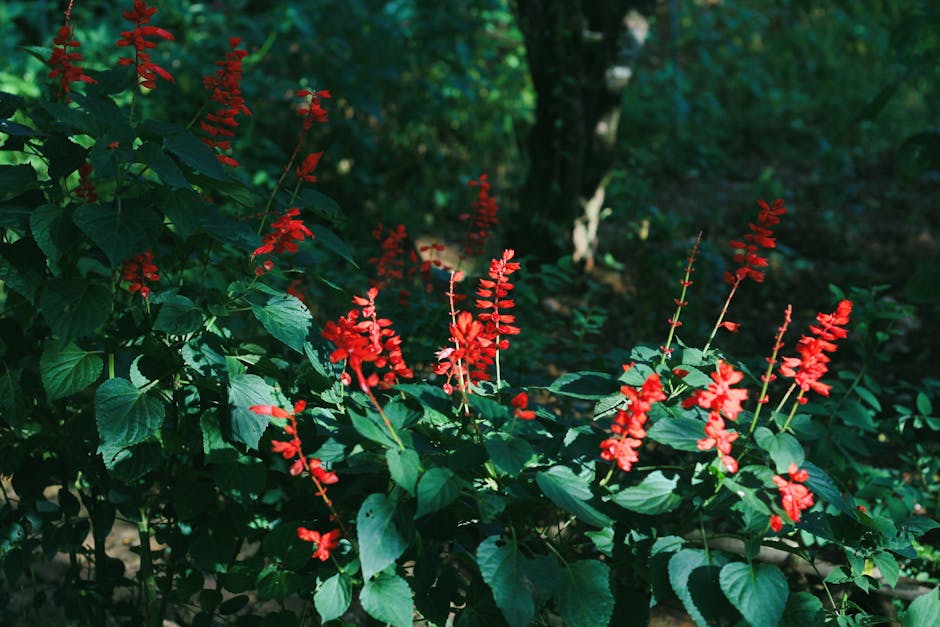Exploring the world of perennials opens up a realm where plants defy the yearly cycle of start and end that their annual relatives adhere to. This article will illuminate the enduring nature of perennials, their care, and how they contribute to a garden’s longevity and beauty. By understanding these resilient plants, we prepare ourselves to cultivate a garden that thrives year after year, showcasing the remarkable ability of perennials to grow, bloom, and enrich our outdoor spaces across multiple seasons.
Types of Perennials
Perennials are a group of plants that regrow year after year, unlike annual plants. This quality is due to their ability to go dormant during winter and return in the following growing seasons. Perennials like peonies, lavenders, and daylilies create a diverse mix of plants that establishes itself and spreads in the garden over time.
The blooming cycles of perennials differ from annual plants. Annuals bloom heavily within a single season before dying, while perennials have more defined blooming periods throughout the year. They may display colors in spring or summer and then go dormant in colder months. The root systems of perennials play an important role in this process, surviving through harsh weather conditions and reemerging when favorable conditions return.1 This cycle of dormancy and regrowth is a key feature of perennial gardens.

Caring for Perennials
Maintaining perennial plants involves practices to ensure their thriving presence in your garden.
- Enrich the soil with organic matter to nourish the plants and enhance soil structure, encouraging strong root growth.
- Choose the right location based on each plant's sunlight or shade preference.
As seasons change, adapt your care routine. Water regularly, especially during dry spells, but avoid overwatering. Use mulch to conserve moisture and suppress weeds. In winter, some perennials may need extra insulation, which mulch can provide.2 In spring, prune to remove dead or damaged parts, encouraging new growth. Divide perennials every few years to rejuvenate their flowering and expand your garden. Following these practices will help maintain a healthy, diverse perennial garden.

Attentive care and understanding of perennial cycles contribute to a garden that evolves and flourishes over time. These practices ensure the health and vibrancy of long-lived plants while connecting us with the natural world. Tending to perennial gardens allows us to observe the resilience and renewal present in nature.
- Anderson JL, Ashman T-L, Majetic CJ. The effects of seasonality and plant-pollinator interactions on the assembly of plant and pollinator communities. Am J Bot. 2021;108(2):186-195.
- Gillman JH, Zlesak DC, Smith JA. Applications of potassium silicate for the control of powdery mildew on miniature roses and hardy perennials. HortTechnology. 2020;30(3):380-384.
Leave a Reply